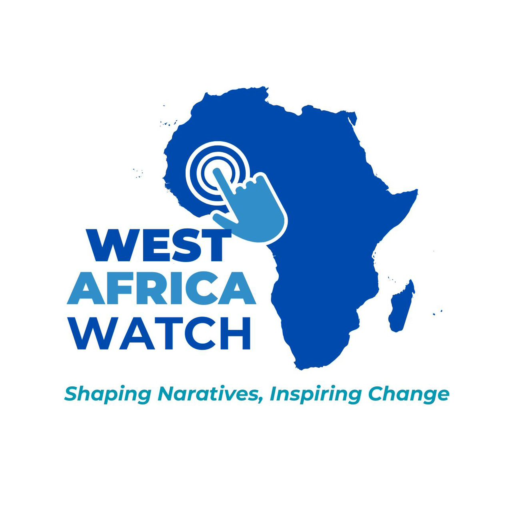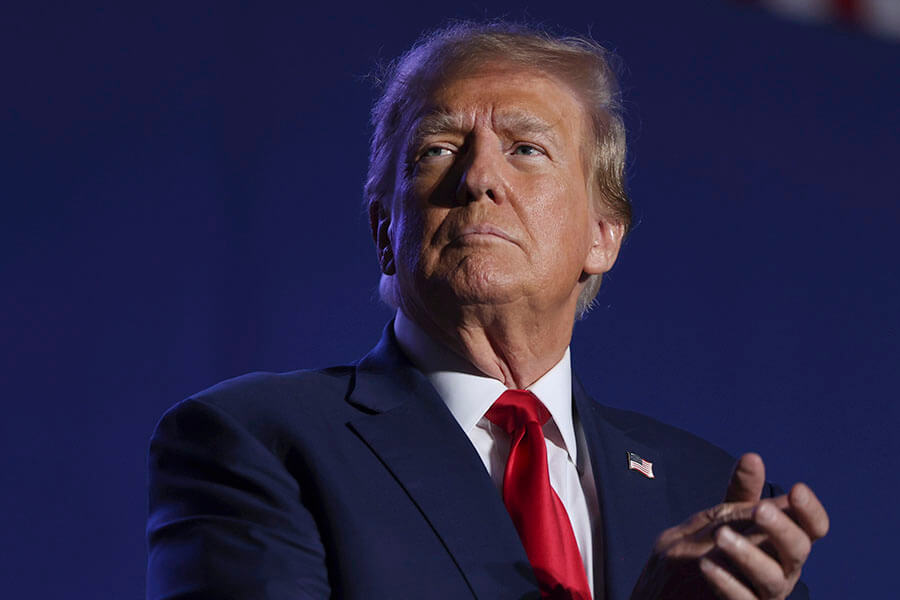US President Donald Trump announced that Russia and Ukraine would begin ceasefire talks immediately following a conversation with Russian President Vladimir Putin on Monday. However, Putin did not fully agree to the unconditional ceasefire proposed by the United States.
After a two-hour phone call with Putin, Trump painted an optimistic picture of the situation, emphasizing his efforts to bring an end to the ongoing conflict, a goal he had promised to achieve within 24 hours during his campaign. Putin indicated readiness to collaborate on a memorandum outlining a potential peace deal but maintained that additional compromises were necessary to resolve the war that began in February 2022.
“I just completed my two-hour call with President Vladimir Putin of Russia. I believe it went very well,” Trump said on his Truth Social platform. “Russia and Ukraine will immediately begin negotiations toward a Ceasefire and, more importantly, an END to the War.”
Trump expressed satisfaction with the tone of the conversation, despite his previous frustrations with the Kremlin leader. He had recently called for a 30-day unconditional ceasefire between Ukraine and Russia, which Ukraine agreed to, though Putin had not yet agreed to such terms.
Trump also suggested that the Vatican, which recently elected Pope Leo XIV as its first American pontiff, would be “very interested” in hosting peace talks between Russia and Ukraine.
Putin’s Position on Talks
Putin, while acknowledging the usefulness of the call, was more cautious about the prospects of peace. “It was very informative and very open, and overall, in my opinion, very useful,” he told Russian media. Putin confirmed that Russia was willing to work with Ukraine on a memorandum for a potential peace agreement, though he did not specify the timing or content of the document.
The Russian president further stated that talks in Istanbul last week had set the world “on the right path” to resolving the conflict, but he emphasized that more compromises were required from both sides.
Trump, who has positioned himself as a skilled dealmaker, has shown growing frustration over the lack of a resolution to the war. He had previously directed his anger at Ukrainian President Zelensky, though he now suspects that Putin may be delaying a true resolution.
Before speaking to Putin, Trump had a brief conversation with Zelensky, who urged Trump to intensify sanctions on Russia if it failed to agree to a ceasefire. After the call with Putin, Trump informed Zelensky, European Commission President Ursula von der Leyen, and the leaders of France, Germany, Italy, and Finland about the resumption of peace talks.
Pressure for Sanctions
Germany announced that European allies of Ukraine would work to increase sanctions pressure on Russia. However, Trump has shown a preference for resetting relations with Moscow rather than escalating sanctions. He suggested that once the war ends, Russia could engage in “large-scale TRADE” with the United States.
The Kremlin confirmed that both Putin and Trump aimed to normalize US-Russia relations. Nonetheless, Trump’s growing frustration may eventually lead to a breakdown in talks if a deal is not reached.
US Vice President JD Vance warned that if Russia remained unwilling to negotiate, the US might ultimately decide that the conflict is not its war to fight.
The White House expressed hope that Trump could meet Putin in person, despite the Russian leader having previously declined Trump’s invitation for a face-to-face meeting during the recent Russia-Ukraine talks in Istanbul.
Meanwhile, on the ground in Ukraine, Russian forces continued their offensive. Moscow claimed to have captured two villages in Ukraine’s eastern Sumy and Donetsk regions. Additionally, Russia launched 112 drones on Ukraine overnight, of which 76 were intercepted by the Ukrainian air force.
AFP

